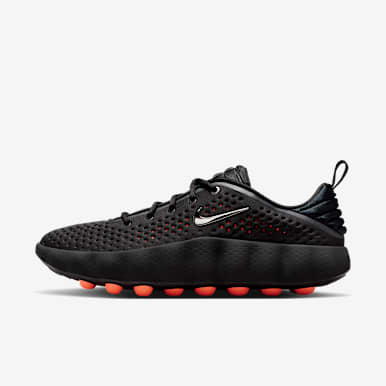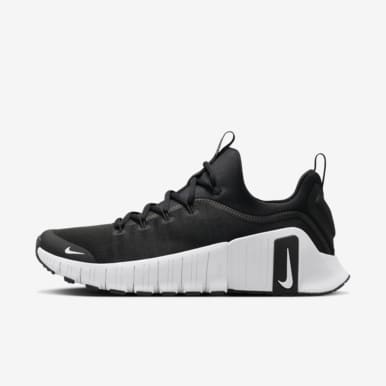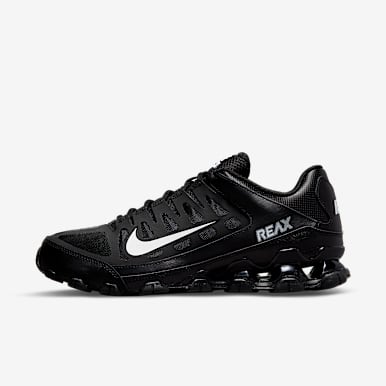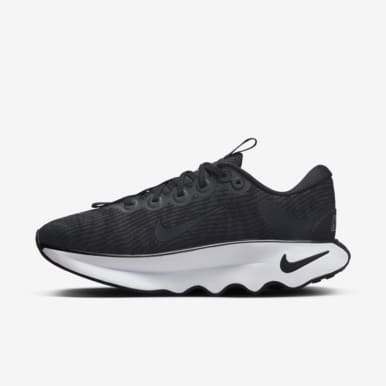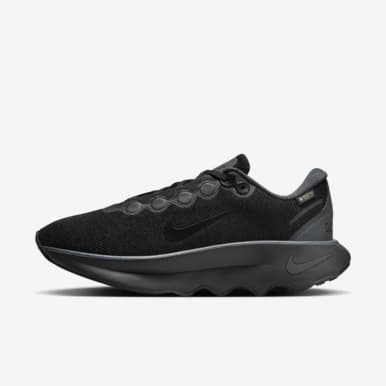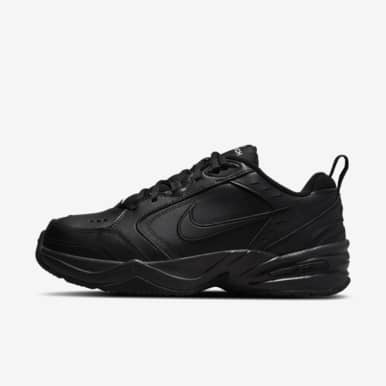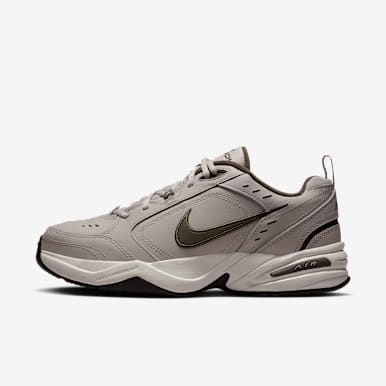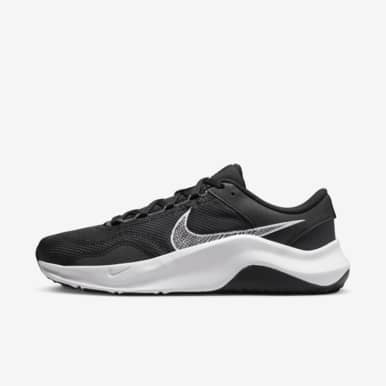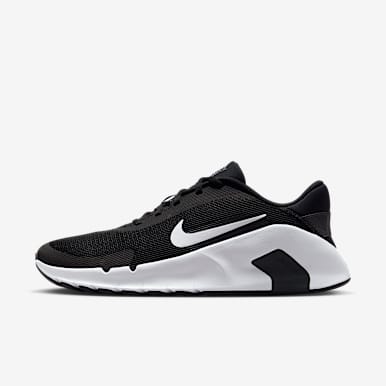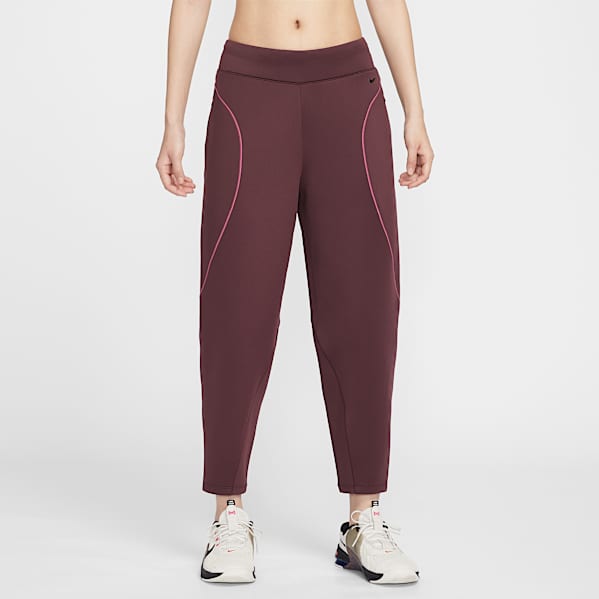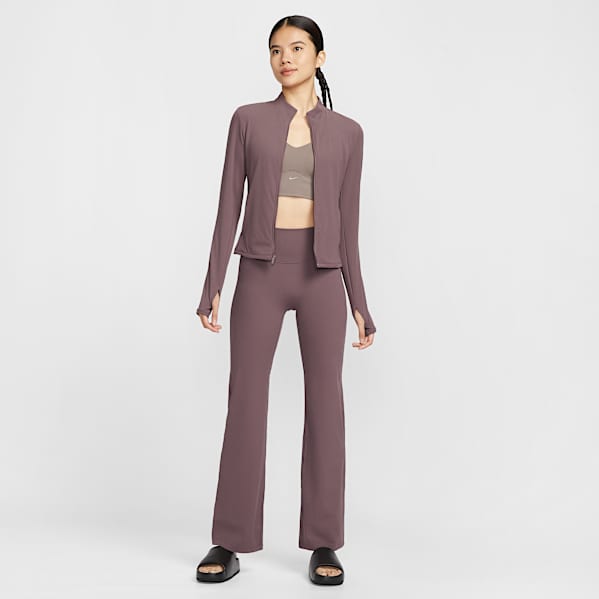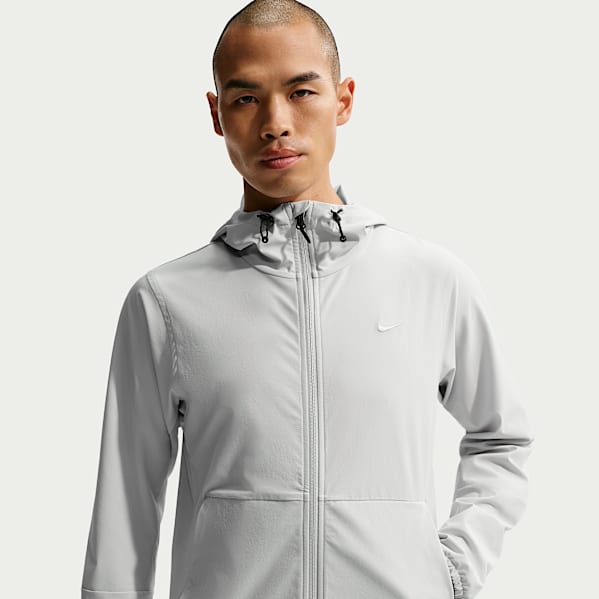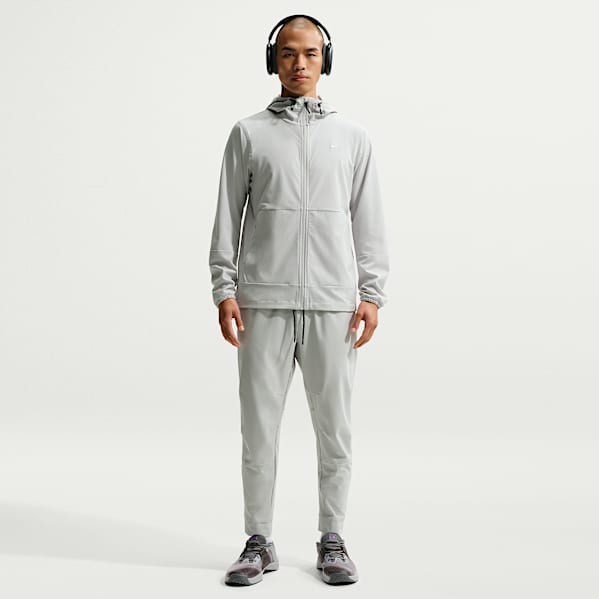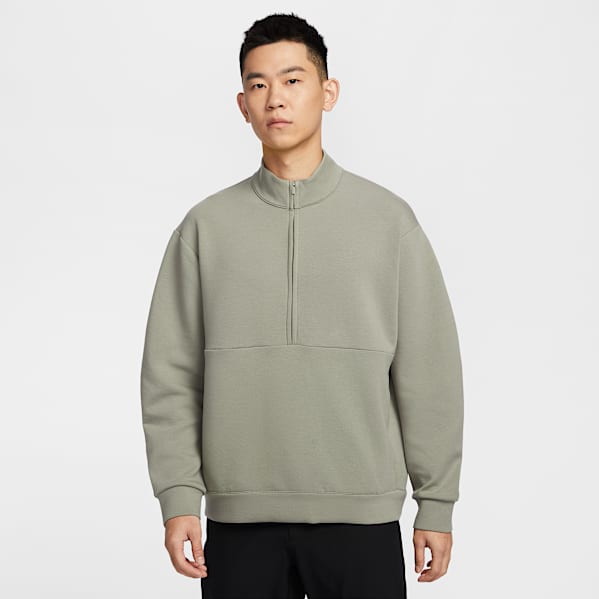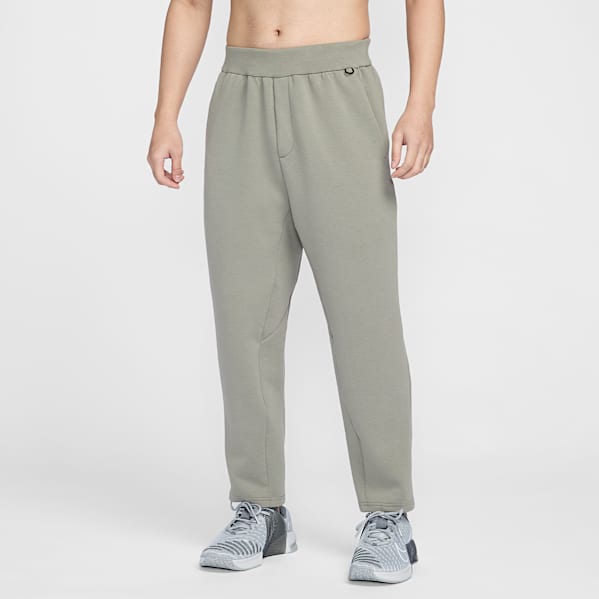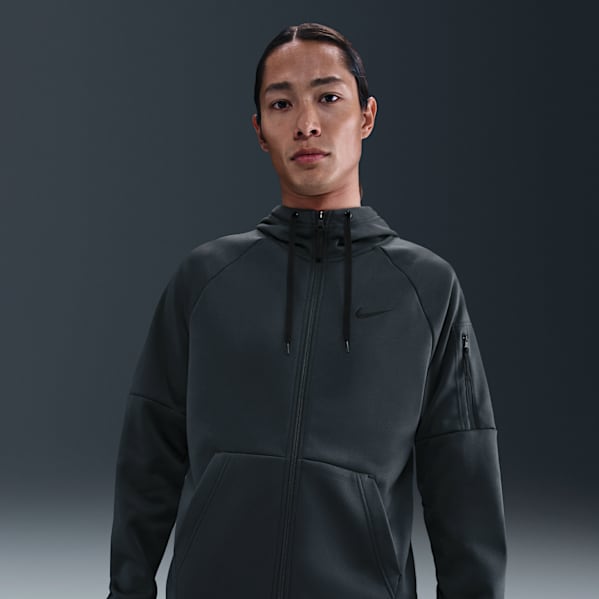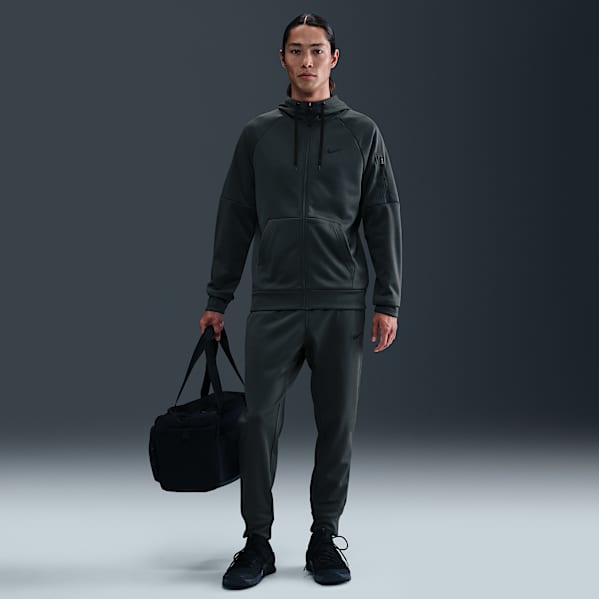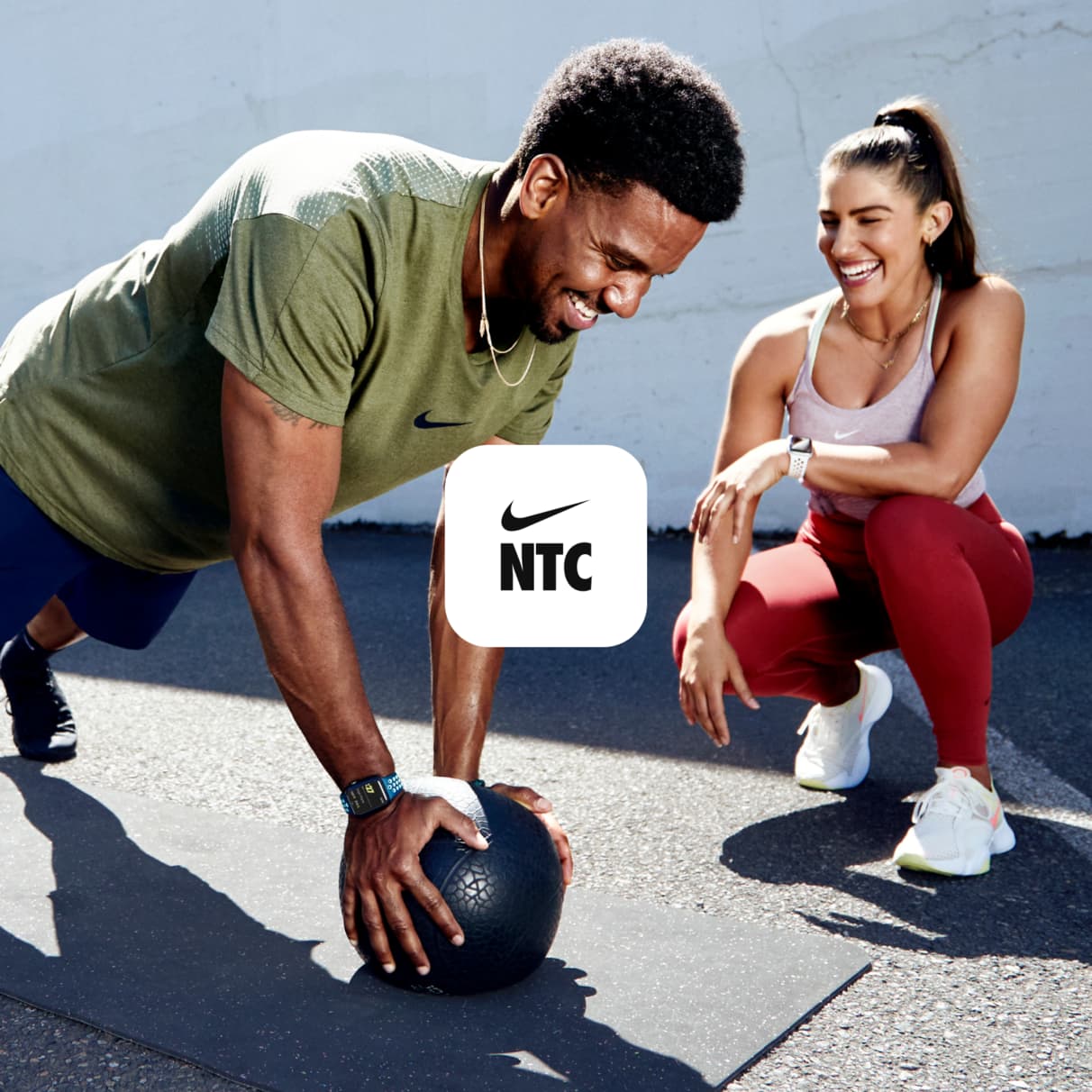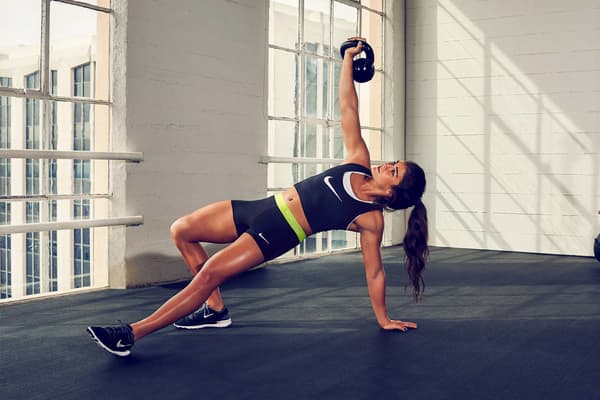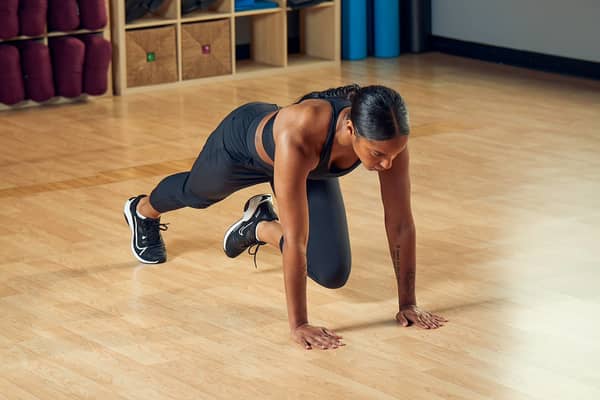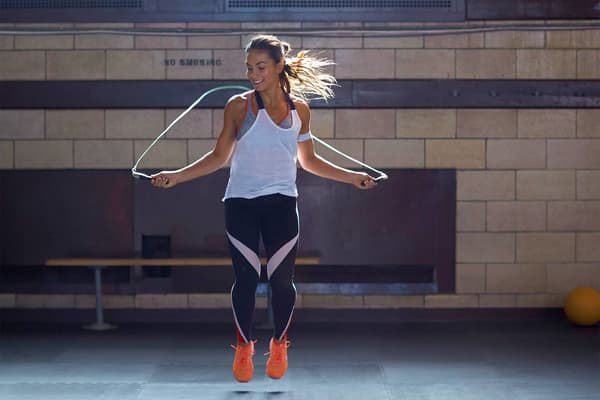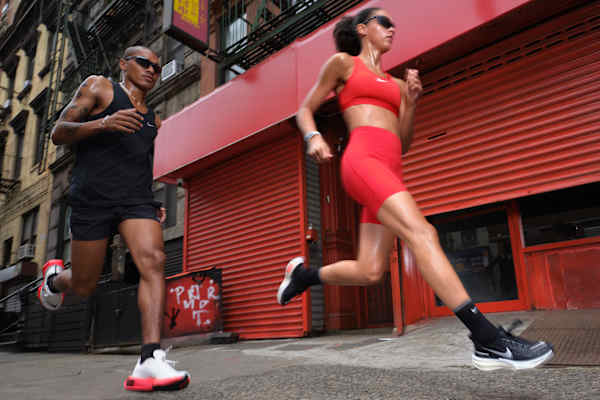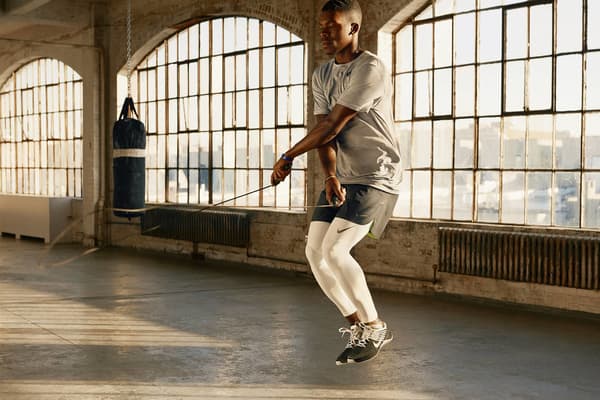5 Expert-Approved Benefits of Using a Rowing Machine
Sports & Activity
Looking for a new workout? Here are a few reasons you may want to give a rowing machine workout a whirl.

When you go to the gym to break a sweat, do you gravitate toward the same equipment and machines every time? Nothing wrong with preferences, but if you have yet to try a rowing machine workout, the time is now.
Rowing coach and founder of The Rowing Doc, Amanda Painter Diver, D.P.T., says rowing is a fantastic exercise, but it’s not a movement you naturally do everyday. “If you ease into it and work on learning the movement first, you will progress a lot farther in your rowing experience.” Not only is nailing the correct form the first step to acing the machine, it also helps to protect from potential injury. Get started with these expert-approved reasons to try the rower to mix it up and score major health benefits along the way.
If you’re a beginner, not only is nailing the correct form the first step to acing the machine, it also helps to protect from possible setbacks. To get started, check out these expert-approved reasons to try the rower to mix it up and score major health benefits along the way.
5 Benefits of Using a Rowing Machine
1.It can either be a full-body sweat sesh or a recovery workout.
Whether you want a full-body workout or need active recovery, you can go as hard or as light as you’d like when using a rowing machine.
Research has found that with proper form, rowing works more than 80 percent of the body, making it a solid choice for a full-body workout, combining cardio (it gets your heart pumping), endurance (it increases stamina) and strength training (it activates and engages multiple muscle groups). As is the case with any form of exercise, it’s often good practice to switch up your workouts throughout the week to avoid muscle imbalances. For rowers, multiple studies have suggested supplementing with high-resistance strength training on alternate days not only helps prevent injury, but also activates different muscle groups.
There are a variety of ways to optimize your workouts on the rower, depending on your goals. If you’re looking to focus on power, you’ll want to pay attention to your legs. According to Neil Bergenroth, a national champion rower, rowing coach and director of Grow Tulsa (a program of the Tulsa Youth Rowing Association), this happens during what is known as the “drive phase” of a rowing stroke, or the point where you are pushing the machine away from yourself using your feet and legs.
“Done correctly, a person can lift a few pounds of weight off the seat of the machine and suspend their bodyweight off the handle,” Bergenroth explains. “The better this ‘skeletal hang’ is, the more the athlete can produce force on the foot stretcher and handle. If an athlete can learn this, the analogy is that it’s like going from a four-cylinder engine to a V-8!”
Alternatively, if you’re doing an endurance-based workout, Diver suggests pushing with less force in the legs in order to allow your body to recover. To maintain the workout as an aerobic exercise, Bergenroth says that if you can hold a conversation while rowing, you’re likely in the right zone.
“As long as [your] heart rate is kept in the lower zones, around 30–60 percent of max heart rate — or a little higher if you are a highly trained athlete — then a rowing workout could act as a recovery training session,” he says.
2.It may improve your posture.
Proper posture on the rowing machine can lead to better posture off of it, too. In a 2021 study in Interdisciplinary Neurosurgery, researchers encouraged surgeons — who report high instances of musculoskeletal pain from performing surgeries — to use a rowing machine to improve their posture and prevent muscle fatigue in the operating room.
“There is clearly a major aerobic benefit to rowing and training consistently over time,” Bergenroth says. “Rowing is an excellent way to [improve] the heart’s ability to pump blood to the body.”
To know if you’re sitting correctly, Bergenroth explains that you should pretend you’re wearing a pair of jeans with pockets on the back. You should hinge slightly at the hips (almost as if you are doing a traditional squat to get onto the seat) and place your butt toward the front of the seat, rotating at the hips so that your (hypothetical) pockets would be facing directly behind you.
Diver also notes that if you are employing the muscles in both your back and shoulders, and pinching your shoulder blades together as your arms move back, you may notice postural improvements in your everyday life. As an article in the International Journal of Sports Medicine explains, when the scapular muscles — the muscles around your shoulder blades — are weak, the position of the shoulder blades change (and can result in rounding of the shoulders). Thus, “squeezing exercises'' (much like the pinching together of the shoulder blades when rowing) are recommended to build up that scapular muscle function and strength, which can lead to better posture.
3.It promotes heart health.
Using a rowing machine can boost your cardiovascular health, not only by strengthening the heart — improving how well your heart pumps blood — but, according to the results of a 2015 study, rowing may also help lower LDL cholesterol levels, which is often linked to heart disease.
“Certainly, there is clearly a major aerobic benefit to rowing and training consistently over time,” confirms Bergenroth. “Rowing is a great way to build your cardiovascular system and has been shown to improve cardiac output. Rowing is an excellent way to develop the heart’s ability to pump blood to the body.”
Of course, exercise in general comes with heart health benefits. However, the findings of a study first published online in 2014 directly compared rowing to cycling and suggest that rowing reigns supreme when it comes to cardiac load, meaning you're getting a stronger cardiovascular workout.
4.It’s a low-impact workout.
Rowing is a low-impact workout, meaning it puts less stress on the bones and joints than high-impact workouts (like running) do. In fact, research has found that rowing can improve bone mineral density in the spine and hips, which can help prevent bone fractures. And because rowing is low-impact, it’s often recommended for those who are 65 years and older and for people with arthritis, as it doesn’t put added pressure on joints. Still, be sure to check with your doctor to confirm that rowing is an option for you before hopping on.
“Done correctly, rowing provides a predictable and consistent motion that should be free of impact,” says Bergenroth. “However, good technique is a prerequisite before engaging in higher intensity training sessions and also to protect your back from injury.”
5.It can provide a mental health boost.
Whether it be rowing, running, or going for a brisk walk, exercise can boost your mental health by reducing symptoms of anxiety and depression, and even improving confidence. A little bit of movement each week can go a long way.
A 2022 systematic review and meta-analysis published in JAMA Psychiatry found that moving your body for just over two hours a week is associated with a significantly lower risk of depression.
Exercises, such as rowing, may also help you practice mindfulness during your workout and in your everyday life. In fact, elite rowers have told researchers that they count strokes or focus on one stroke at a time to stay in the moment, emphasizing their mindfulness practice and ability to stay present.
For more expert-backed tips, be sure to download the Nike Training Club App!
Words by Ashley Lauretta
